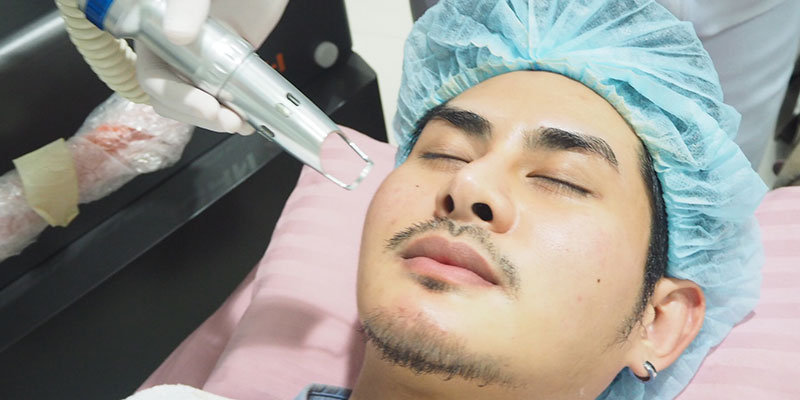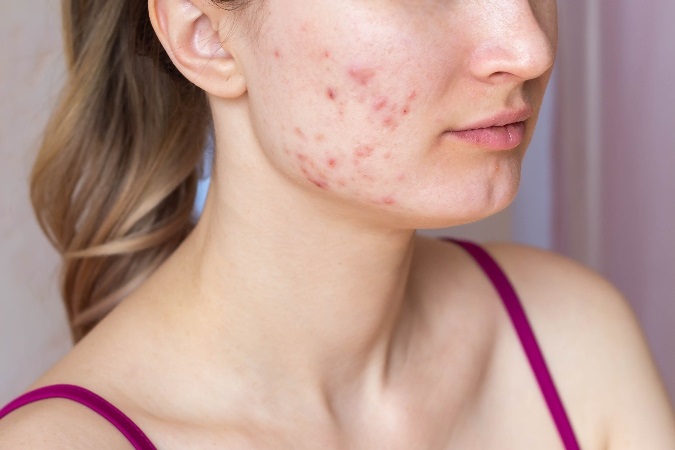
Cellulite Treatment
Cellulite Treatment
Cellulite is the herniation of subcutaneous fat within fibrous connective tissue that manifests topographically as skin dimpling and nodularity, often on the pelvic region (specifically the buttocks), lower limbs, and abdomen. Cellulite occurs in most postpubescent females.A review gives a prevalence of 85 to 98% of women,indicating that it is physiologic rather than pathologic. It can result from a complex combination of factors ranging from hormones to heredity.
Cellulite is a multifactorial condition and can be resistant to the array of treatments currently available. Aside from 'topical' products (creams, ointments, etc) and injectables (eg collagenase), treatments for cellulite include non-invasive therapy such as mechanical suction or mechanical massage. Energy-based devices include radio frequency with deep penetration of the skin, ultrasound, laser and pulsed-light devices. Combinations of mechanical treatments and energy-based procedures are widely used. More invasive 'subcision' techniques utilise a needle-sized micro-scalpel to cut through the causative fibrous bands of connective tissue. Subcision procedures (manual, vacuum-assisted, or laser-assisted) are performed in specialist clinics with patients given local anaesthetic.




